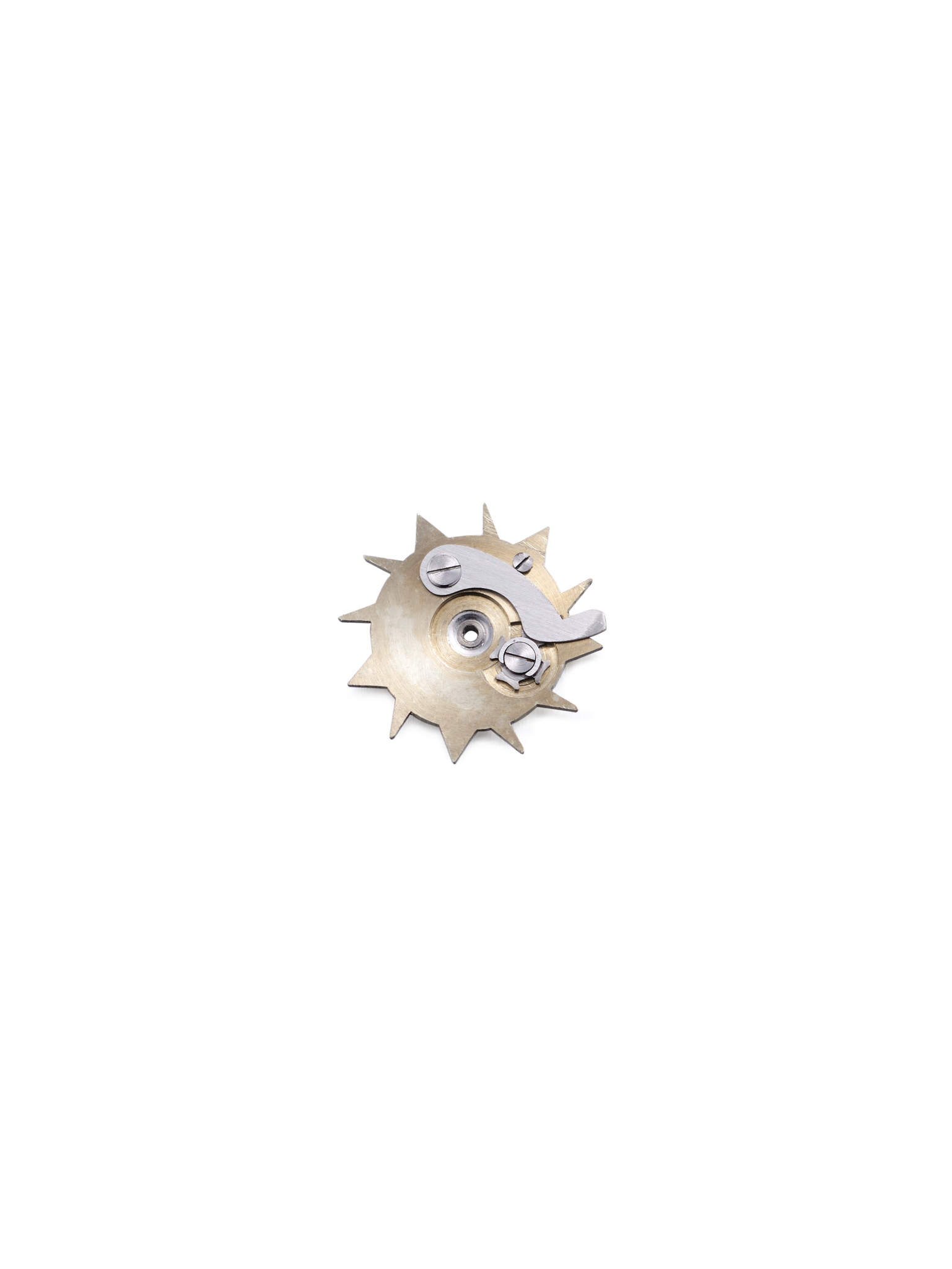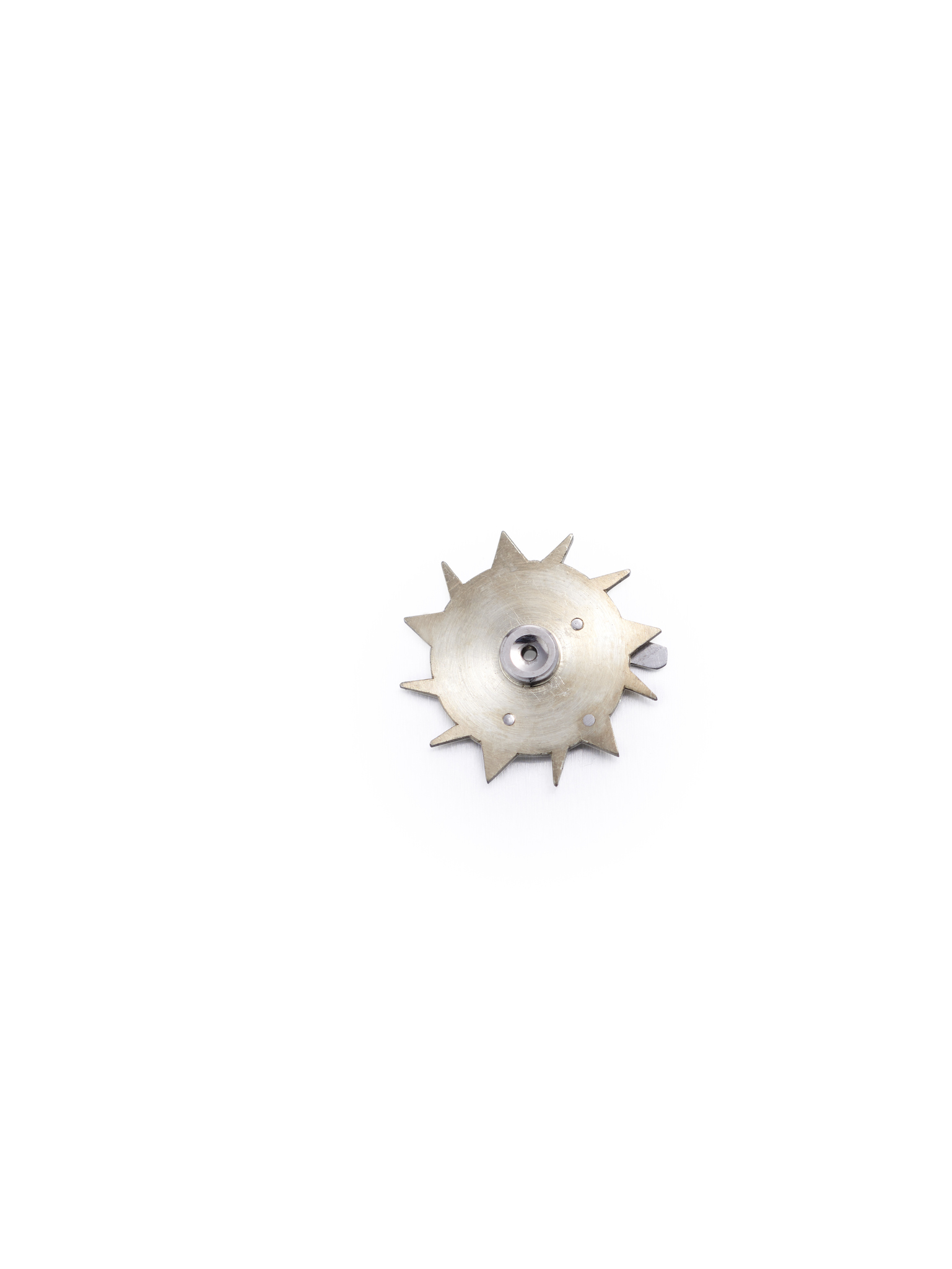Important Modern & Vintage Timepieces
Hong Kong, Apr 28, 2019
LOT 504
HAAS POCKET WATCH WITH PATENTED WINDING-MECHANISM BY CLOSING THE COVER AND SEVEN HOROLOGICAL COMPLICATIONS, INCLUDING MINUTE-REPEATER, PERPETUAL CALENDAR WITH MOON PHASES AND TWO-TIME ZONE; 18K PINK GOLD
HKD 310,000 - 390,000
CHF 39,500 - 49,000 / USD 40,000 - 50,000
Sold: HKD 525,000
"Montre perpétuelle se remontant en regardant l'heure, Nouveau système Breveté" later so-called "Remontoir perpétuel à décrochement" 18K pink gold, double-faced hunting-case, keyless-winding, roundshaped, pocket watch, with subsidiary seconds at 9, patented winding-mechanism by closing the cover and seven horological complications: - Minute-repeater on two steel gongs (activated by the slide at 6 o'clock) The first dial features: - Hours and minutes of a second meridian, known as petit tour d'heure (subsidiary dial at 3 o'clock, time-setting by push-bolt at 12 o'clock) The second dial features: - Perpetual calendar - Date of the month (exterior graduation with central hand) - Day of the week (subsidiary dial at 9 o'clock; indications given in French) - Month of the year (subsidiary dial at 3 o'clock; indications given in French) - Age and phases of the moon (subsidiary dial, graduated from 0 to 29 1/2, and aperture at 12 o'clock) Winding-mechanism based on the French invention patent No. 77 124, delivered on July 13, 1867, to Benjamin Haas Jeune, Paris, for a "Système de remontoir applicable à tous genres d'échappements - Montre savonnette se remontant en regardant l'heure", later socalled "Remontoir perpétuel à décrochement", and, the English invention patent No. 3 945, delivered on December 2, 1873 (Windingmechanism, keyless mechanism). Perpetual calendar mechanism based on the English invention patent No. 2 870, delivered on September 30, 1872, to Benjamin Haas Jeune, Paris (Calendar mechanism).
| Grading System | |
|---|---|
Grade: |
|
Case: 3 |
Good |
Movement: 3* |
Good Overhaul recommended, at buyer's expense |
Dial: 3-7101 |
Good |
Brand Maison B. Haas Jeune
Model "Montre perpétuelle se remontant en regardant l'heure, Nouveau système Breveté"
Year circa 1875
Movement No. 13 760
Calibre 22''', nickel-plated, with going barrel, straight-line equilibrated lever escapement, cut compensated balance and blued steel hairspring with terminal curve
Case No. 13 760
Material 18K pink gold
Caliber 22''', nickel-plated, with going barrel, straight-line equilibrated lever escapement, cut compensated balance and blued steel hairspring with terminal curve
Dimensions Ø 59 mm
Signature dial, case and movement
Accessories copies of the invention patents









